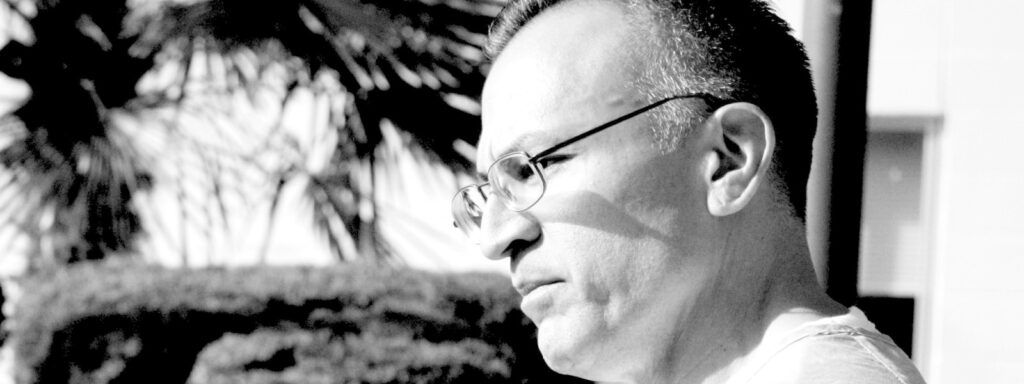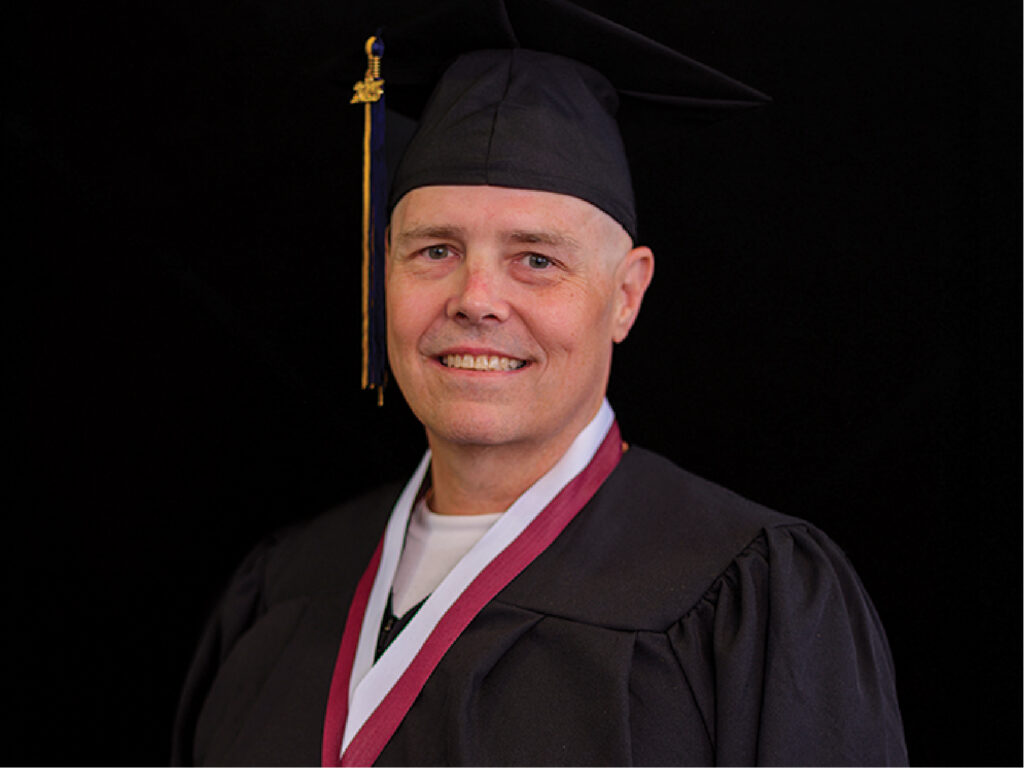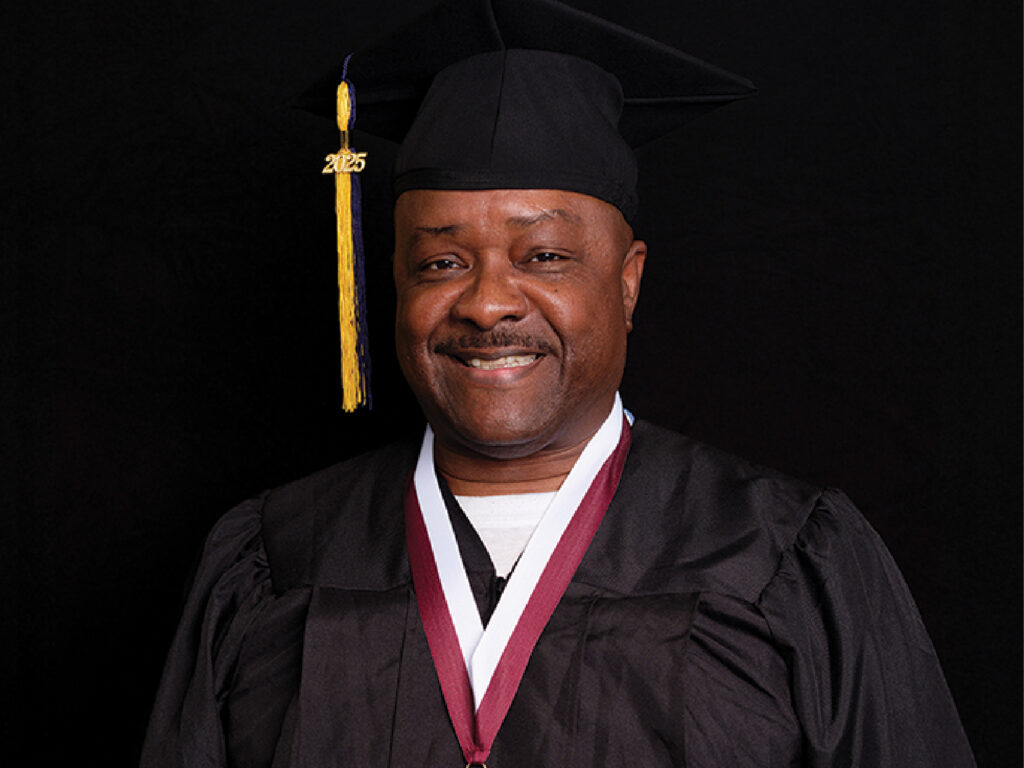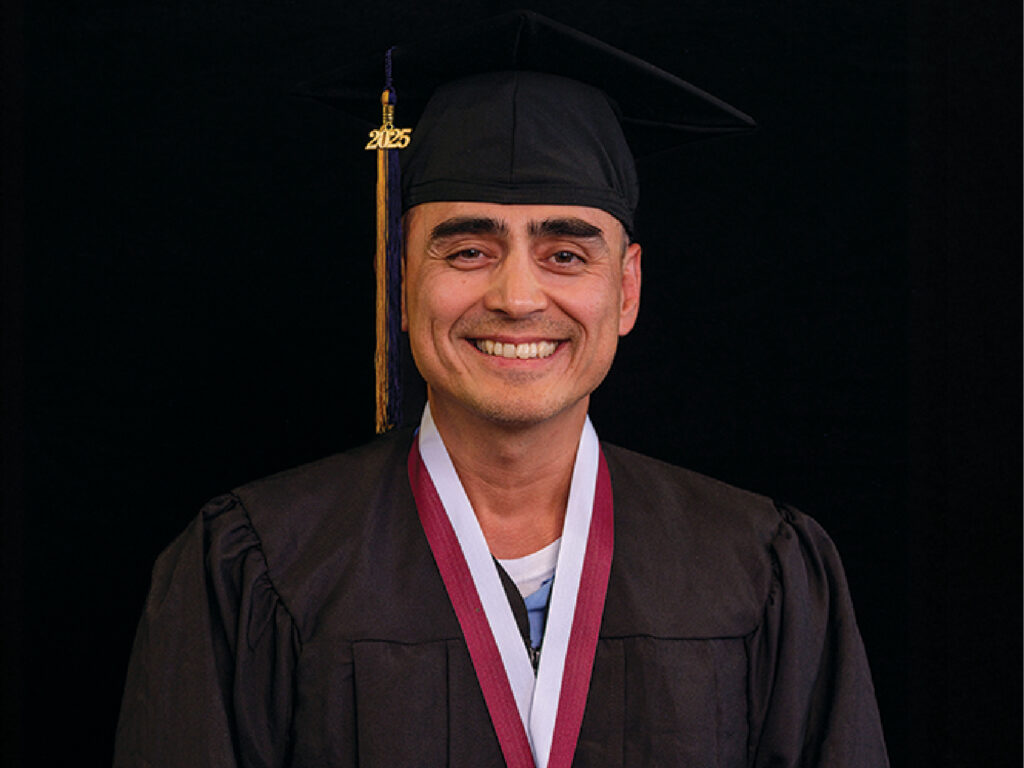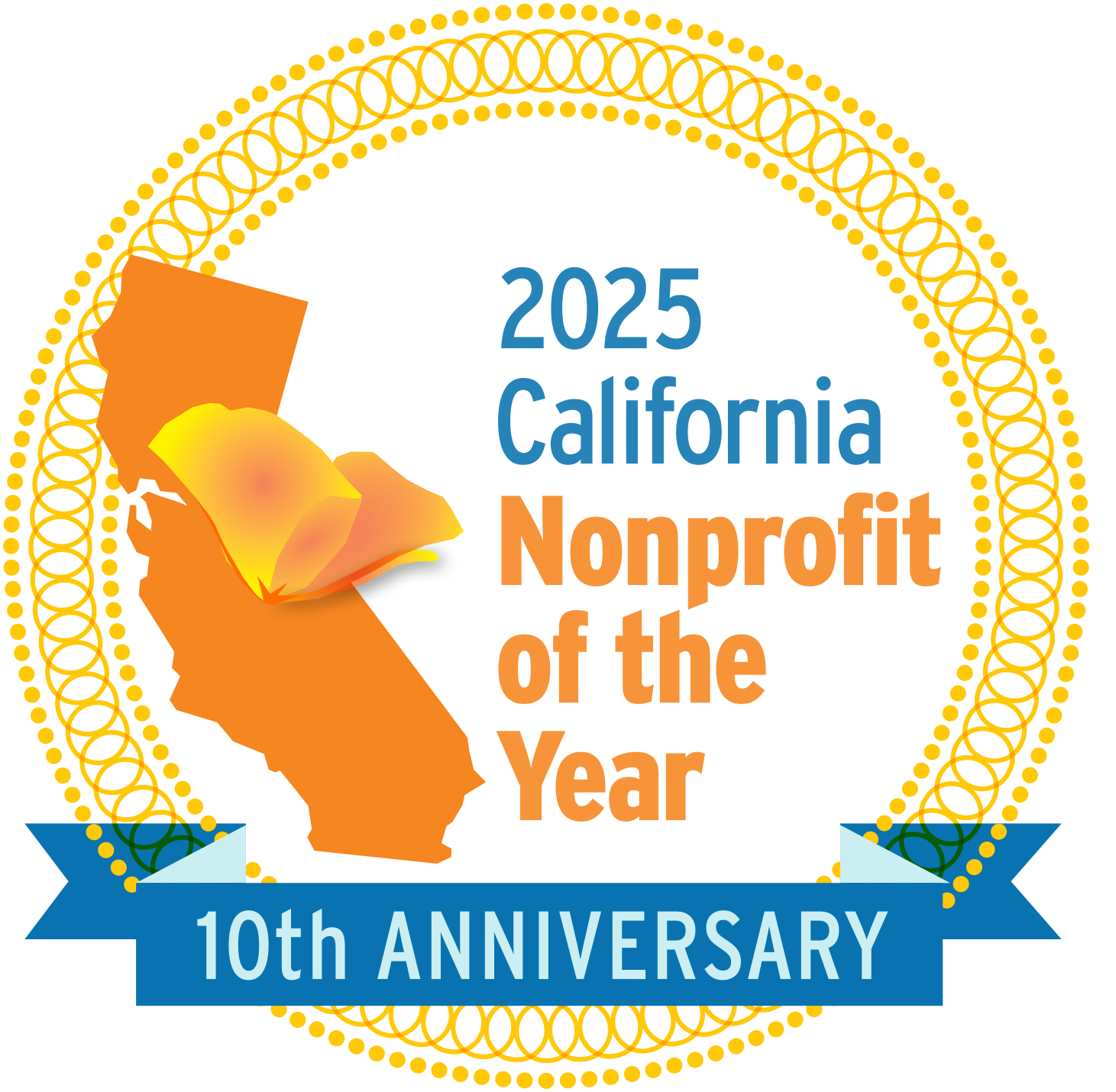The first time I heard about Taylor Swift, I was in a Los Angeles County jail, waiting to be sent to prison for murder. Sheriffs would hand out precious copies of the Los Angeles Times, and they would be passed from one reader to the next. Back then, I swore that Prince was the best songwriter of my lifetime, and I thought Swift’s rise to teen-age stardom was an injustice. I’d look up from her wide-eyed face in the Calendar section to see gang fights and race riots. The jail was full of young men of color who wrote and performed their own raps, often about chasing money and fame, while Swift was out there, actually getting rich and famous. How fearless could any little blond fluff like that really be?
In 2009, I was sentenced to life in prison. Early one morning, I boarded a bus in shackles and a disposable jumpsuit, and rode to Calipatria State Prison, a cement fortress on the southern fringes of California. Triple- digit temperatures, cracked orange soil, and pungent whiffs of the nearby Salton Sea made me feel as though I’d been exiled to Mars. After six years in the chaos of the county jail, however, I could finally own small luxuries, like a television. The thick walls of Calipat, as we called the place, stifled our radio reception, but an institutional antenna delivered shows like “Access Hollywood,” “Entertainment Tonight,” and “TMZ.” I was irritated by the celebrity gossip, but it was a connection to the outside world, and it introduced me to snippets of Swift’s performances for the first time. Here and there, I’d catch her on “The Ellen DeGeneres Show” or “Fallon,” and was surprised by how intently she discussed her songwriting. I didn’t tell anyone that I thought she was talented.
In 2013, when my security level was lowered owing to good behavior, I requested a transfer to Solano state prison, the facility with a Level 3 yard which was closest to my family in the Bay Area. I got the transfer, but my property—a TV, CD player, soap, toothpaste, lotion, food—was lost in transit. I shared a cell with someone in the same situation, so, for months, we relied on the kindness of our neighbors to get by. Our only source of music was a borrowed pocket radio, hooked up to earbuds that cost three dollars at the commissary. At night, we’d crank up the volume and lay the earbuds on the desk in our cell. Those tiny speakers radiated crickety renditions of Top Forty hits.
During that time, I heard tracks from “Red,” Swift’s fourth studio album, virtually every hour. I was starting to enjoy them. Laying on the top bunk, I would listen to my cellmate’s snores and wait for “We Are Never Ever Getting Back Together” to come around again. When it did, I would think about the woman I had lived with for seven years, before prison. I remembered bittersweet times when my sweetheart had visited me in county jail. We’d look at each other through security glass that was reinforced by wire. It didn’t seem fair to expect her to wait for me, and I told her that she deserved a partner who could be with her. But we didn’t use the word “never,” and deep down I always hoped that we’d get back together. When I heard “Everything Has Changed,” I had to fight back tears of exaltation and grief. Swift sings, “All I knew this morning when I woke / Is I know something now / Know something now I didn’t before.” I thought back to our first date, and how we had talked and laughed late into the night. We had to force ourselves to get a few hours of sleep before sunrise.
After several months, my belongings, including my CD player, finally caught up with me. I was getting ready to buy “Red” from a catalogue of approved CDs when I learned that the California Department of Corrections and Rehabilitation, or C.D.C.R., had placed me on another transfer list. I didn’t want the album to get stuck at the prison after I had been transferred, so I resorted to a country station that regularly featured Swift.
Sometimes, hearing Southern drawls and honky-tonk medleys, I’d laugh out loud at myself. But that was the station that played the widest variety of her music, from “Tim McGraw” to “I Knew You Were Trouble.” There was, in her voice, something intuitively pleasant and genuine and good, something that implies happiness or at least the possibility of happiness. When I listened to her music, I felt that I was still part of the world I had left behind.
Hitting a new yard—in this case, the prison known as the California Men’s Colony (C.M.C.)—means finding new friends and allies. Each table and workout area was claimed by a different gang or ethnic group. I’m Asian and Hispanic, and I chose to join the Asians in a cement workout area. When they asked me what kind of music I liked, I confessed that I was anxiously waiting for a Taylor Swift album. Everyone laughed. “Oh, my God, we’ve got a Swiftie on the yard!” Lam, a muscular guy, told me. “You in touch with your sensitive side? Are you gay?” He especially loved to heckle me in front of his buddy Hung, who spoke little and laughed almost silently.
I was waiting for “Red” to arrive when I saw Swift perform “All Too Well” at the 2014 Grammys. That became the song that I played first when I peeled the plastic wrap off the disc, and the song I’d stop at and repeat whenever I spun the album. (Her ten-minute version is even better.) As Swift sang about love’s magical moments, how they are found and lost again, I thought about a time before my incarceration, when I briefly broke up with the woman I loved. She came to my house to return one of my T-shirts. When she hung it on the doorknob and walked away, I was on the other side. I sensed that someone was there, but, by the time I opened the door, she was gone.
When “Red” arrived, I finally found out why Lam had been clowning me in front of Hung. “Red” was the only Swift CD that Hung didn’t own—because he considered it a misguided pop departure from the country greatness of “Fearless” and “Speak Now.” Eventually, Lam outed himself as a Swiftie, too. For six months, the three of us would work out and debate which album was best. Then Hung transferred out of the prison, taking his CDs with him.
Around the time Swift dropped “1989,” I acquired an old-school boom box. Technically, exchanging property and altering devices is against C.D.C.R. rules, but every prison has guys who fill their cells with radios, TVs, and speakers to repair and resell. I looked out for one guy, G.L., when he first hit the yard, and he became one of the best electronic fix-it guys I’ve ever met. He loved reconfiguring different speakers to get the best sound. He rewired the boom box for auxiliary cables and gave it to me. At C.M.C., I had a cell to myself, so I’d turn up the music enough to drown out obnoxious sounds outside my cell. Of course, some people always think that Swift is the obnoxious sound. “What’s up with the damn Taylor Swift?” a neighbor yells out. Another voice chimes in with requests: “Play ‘Style.’ That song’s tight right there.” By the time the song ends, someone new will admit, “That girl’s got jams.”
When you transfer between prisons, you can’t take any undocumented property with you. At the end of 2015, I gave that boom box back to G.L. and left C.M.C. for Folsom prison. After a year, I landed at San Quentin. I started working at the San Quentin News, the in-house newspaper, for a quarter an hour. Around that time, C.D.C.R. started allowing a vender to sell us MP3 players for a hundred dollars. They charged $1.75 per song and ten dollars for a memory card. Eventually, I asked my family to order one and would call my cousin Roxan with requests. “What’s up with all the damn Taylor Swift?” she’d say during phone calls. By the time Swift released her album “Lover,” in 2019, I had almost every song she’d ever released. And, when the MP3 players were restricted because crafty folks were using the memory cards in illegal cell phones, mine was grandfathered in.
One of my homies at San Quentin had a pristine radio that played CDs and cassette tapes. When he earned parole, everybody hounded him for it. He knew how much I’d appreciate such a luxury, but I didn’t join the herd of pesterers making offers, and I think he appreciated that. He gave it to me as a parting gift. I was even able to have it officially documented on my property card. The MP3 player clipped neatly into the cassette door, so now I could see my playlists while I listened. My neighbor, Rasta, was the weed man for the building, so I played Swift to drown out the guys who were lighting up outside. Rasta made fun of me, but the crowd always liked her “Bad Blood” remix, featuring Kendrick Lamar. “That’s the shit right there,” they’d say. “Who would’ve thought?”
Seven months after “Lover” came out, C.D.C.R. shut down all programming because of the COVID pandemic—no indoor group interactions, no volunteers from outside the prison, no visitors. C.D.C.R. brought the coronavirus into San Quentin when it moved some sick guys from another prison in. By the end of June, 2020, hundreds of us were testing positive and getting sick, including me. I lugged all my property to an isolation cell in a quarantine unit, where I shivered and sweated through a brain fog for two weeks. My only human contact came from nurses in full-body P.P.E., who checked my vitals, and skeleton crews of officers—the ones who weren’t sick themselves—who brought us intermittent meals. I followed San Quentin’s death tallies on the local news. Would I die alone in this cell, suddenly and violently breathless? I made a playlist of Swift’s most uplifting songs, listening for the happiness in her voice.
Alone in a prison cell, it’s virtually impossible to avoid oneself. As my body and mind began to recover, I started to question everything. What really matters? Who am I? What if I die tomorrow? I hadn’t been in touch with my sweetheart in more than two years, because she had told me that she was trying a relationship with someone who cared about her. Now, though, I wrote her a letter to see if she was O.K.
A week after I mailed my letter, I received one from her. Prison mail is slow enough that I knew it wasn’t a response—we had decided to write to each other at the same time. “The lockdown has afforded me plenty of time to reflect on all sorts of things,” her letter said. “I’ve been carrying you with me everywhere.” Reading it brought to mind Swift’s lyrics in “Daylight”: “I don’t wanna think of anything else now that I thought of you.” She was single again, and we started talking every week. In lockdown, between paltry dinner trays, I did pushups, lunges, squats, and planks in the twenty-two-inch-wide floor space in my cell. The twentieth year of my incarceration was approaching.
In 2020, the California legislature passed a law that made anyone who served twenty continuous years, and who was at least fifty years of age, eligible for parole. I’m fifty-three, and I’ll get my first chance at release in 2024. I couldn’t help but think of “Daylight” again. “I’ve been sleeping so long in a twenty-year dark night,” Swift sings. “And now I see daylight.”
These days, I call my sweetheart as often as I can. Officers can shut down the phones with the flick of a switch, and technical glitches often take the system offline, so I treat each call as if it were my last. It often feels like she’s waiting to hear from me. She tells me that it’s complicated and confusing for her, speaking to the ghost who disappeared twenty years ago. But, leaning against a wall, next to all the other guys talking with loved ones on the phone, I don’t feel like a ghost. I feel alive. Just recently, she told me, “Talking like this over the phone so much, I think we’ve gotten to know each other way better than before.” We talk about how much we have changed. “You might not even find me attractive anymore,” she tells me. “I’m not the same person I was back then.”
One morning in October, 2022, I had breakfast in the chow hall and made it back to my cell in time for “Good Morning America.” My TV doesn’t have any speakers, so I plugged it into my boom box. Suddenly, I heard a familiar voice singing an unfamiliar chorus: “It’s me, hi / I’m the problem, it’s me.” The anchors on the broadcast were giddy to announce Swift’s new album “Midnights,” and play clips from the music video of “Anti-Hero.” Swift appeared as a larger-than-life figure, arguing with different versions of herself. I laughed to myself. Here we go again.
Our MP3 distributor was always slow to release new music, so I spent a couple of weeks hearing about the album on the news, waiting for my chance to listen. Then, out on the prison grounds, I bumped into a volunteer whom I’d known and worked with for years. We were walking through the yard together when they started looking around to make sure no one was watching. After confirming that the coast was clear, they slipped me a brand-new copy of “Midnights” and wished me a happy birthday. The gesture nearly brought me to tears. That evening, after dinner, I peeled off the plastic and brushed a bit of dust out of the boom box’s CD player. “Lavender Haze” played as I read the liner notes. “What keeps you up at night?” Swift writes.
For the past two decades, sleep has not come easily to me. Often, when I get into bed, I think about the day I was arrested at the scene of my crime. Some neighbors called 911 and reported gunshots. I can still see the grieving family members of the man I killed, staring at me in the courtroom at my trial. I’m guilty of more than murder. I abandoned my parents and my sweetheart, too. There’s no way to fix this stuff.
Taylor Swift is currently the same age, thirty-three, that I was when I was arrested. I wonder whether her music would have resonated with me when I was her age. I wonder whether I would have reacted to the words “I’m the problem, it’s me.” Hers must be champagne problems compared with mine, but I still see myself in them. “I’ll stare directly at the sun, but never in the mirror,” Swift sings, and I think of the three-by-five-inch plastic mirrors that are available inside. For years out there, I viewed myself as the antihero in my own warped self-narrative. Do I want to see myself clearly?
In “Karma,” Swift sings, “Ask me what I learned from all those years / Ask me what I earned from all those tears.” A few months from now, California’s Board of Parole Hearings will ask me questions like that. What have I learned? What do I have to show for my twenty years of incarceration? In the months ahead, when these questions keep me up at night, I will listen to “Midnights.” The woman I love says she’s ready to meet me
on the other side of the prison wall, on the day that I walk into the daylight. Recently, she asked me, “If you could go anywhere, do anything, that first day out, what would you want us to go do?” That question keeps me up at night, too.
Attributions: This article originally appeared in The New Yorker on September 2, 2023.
